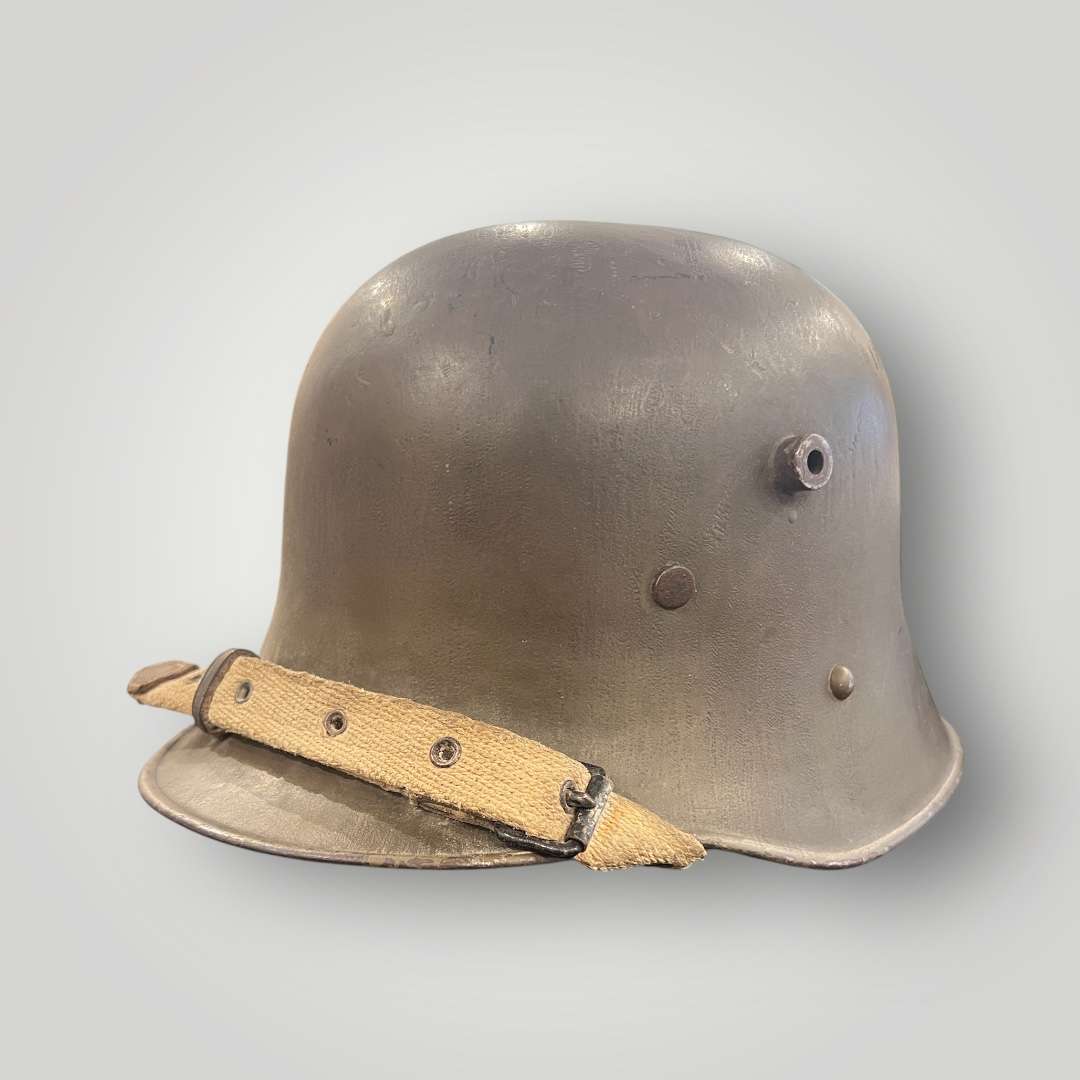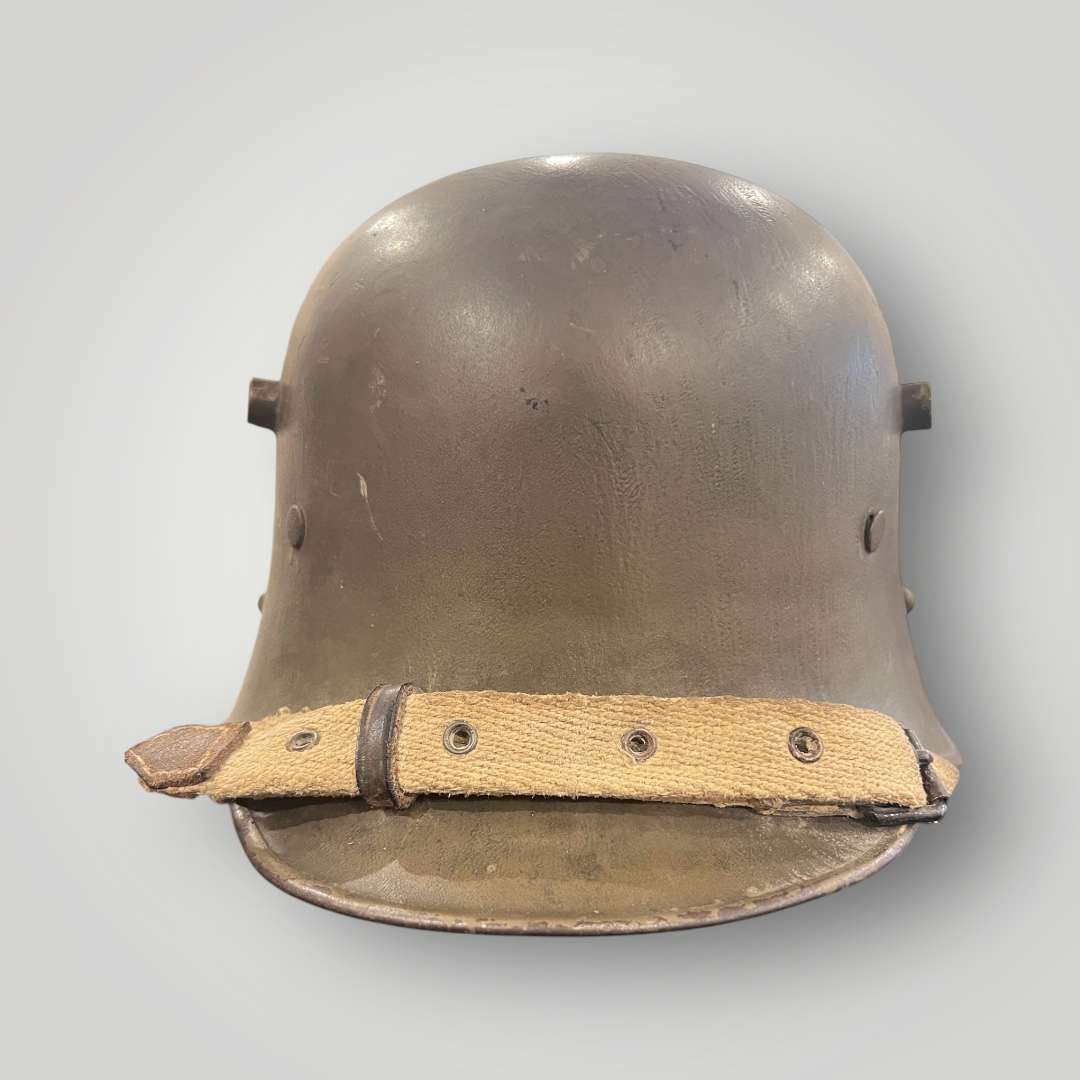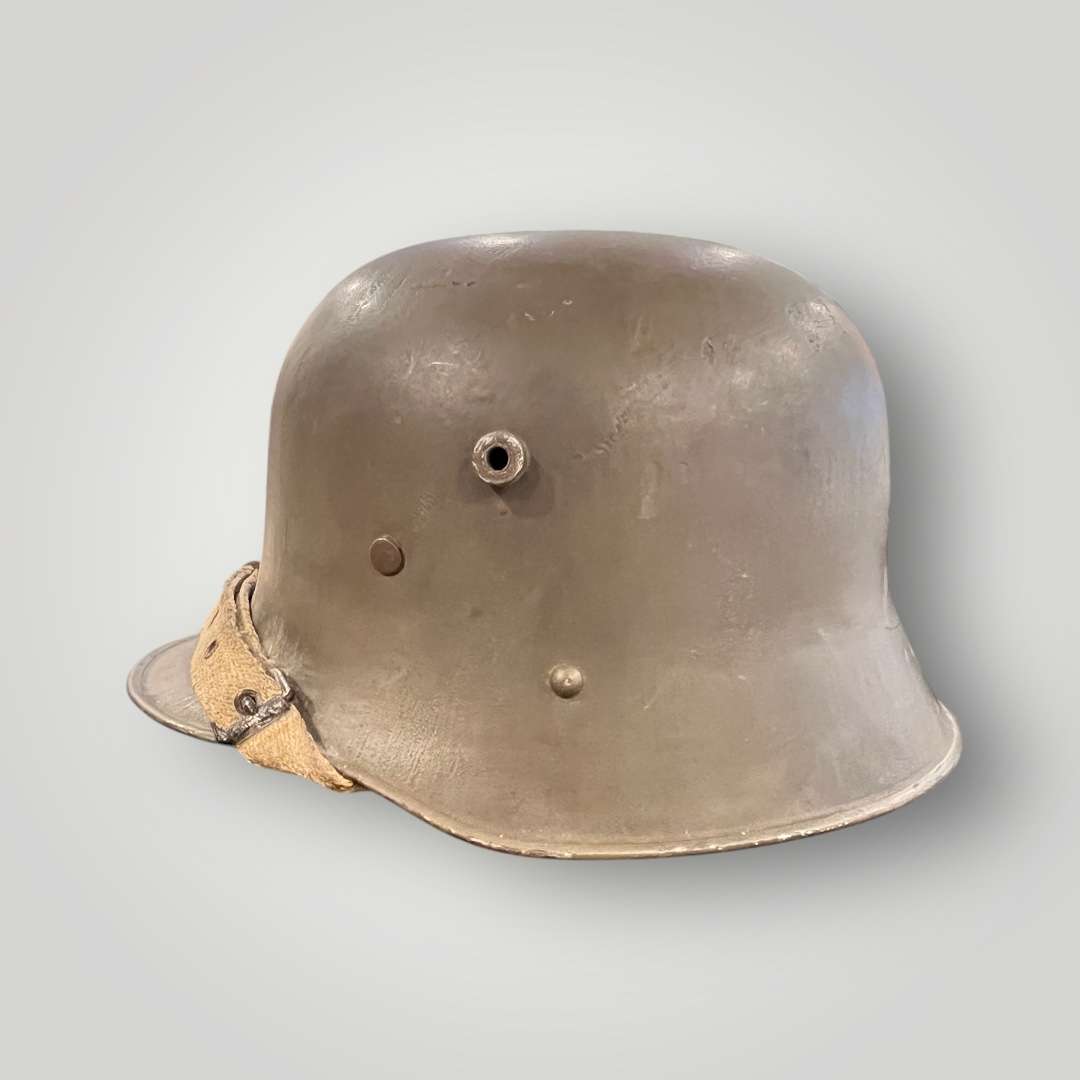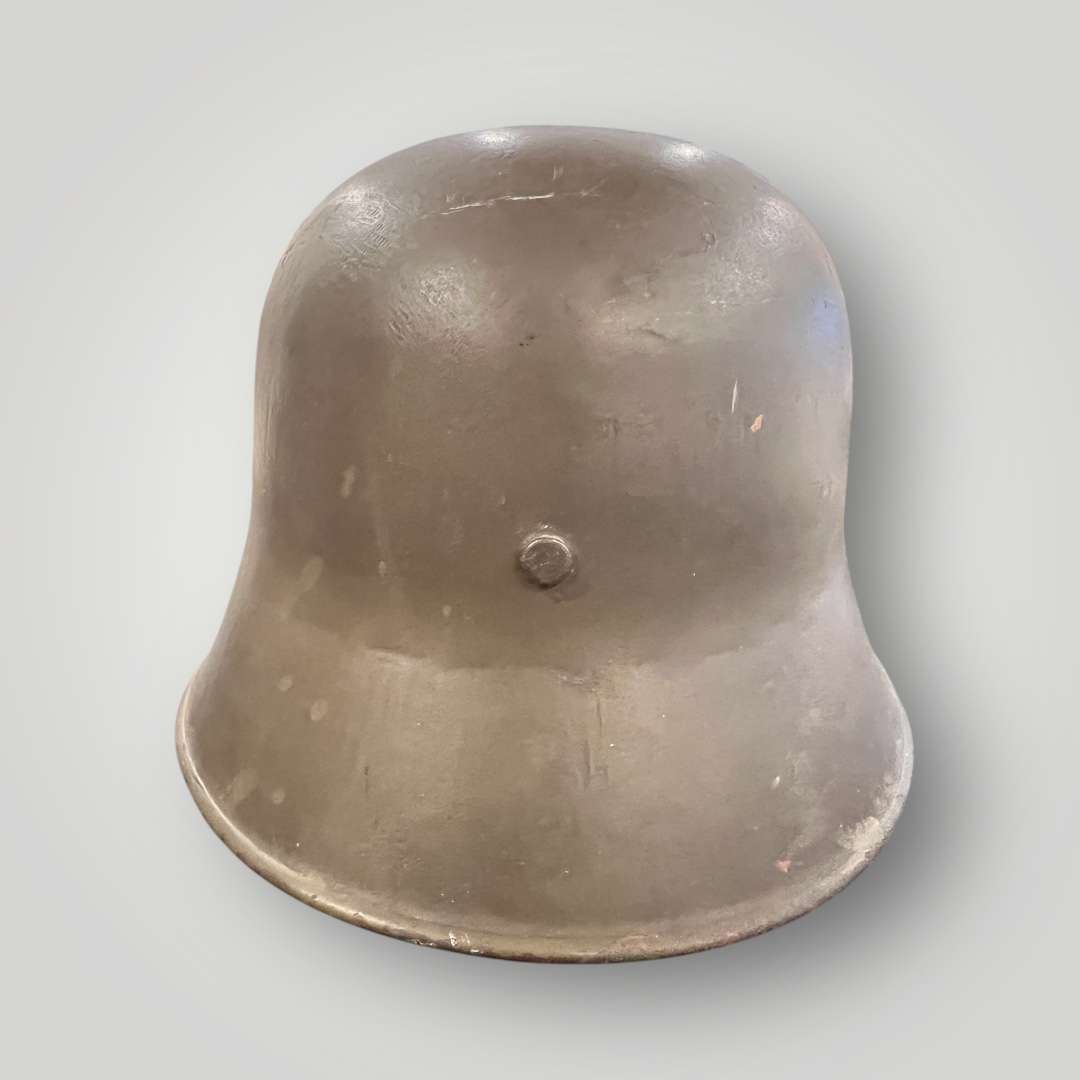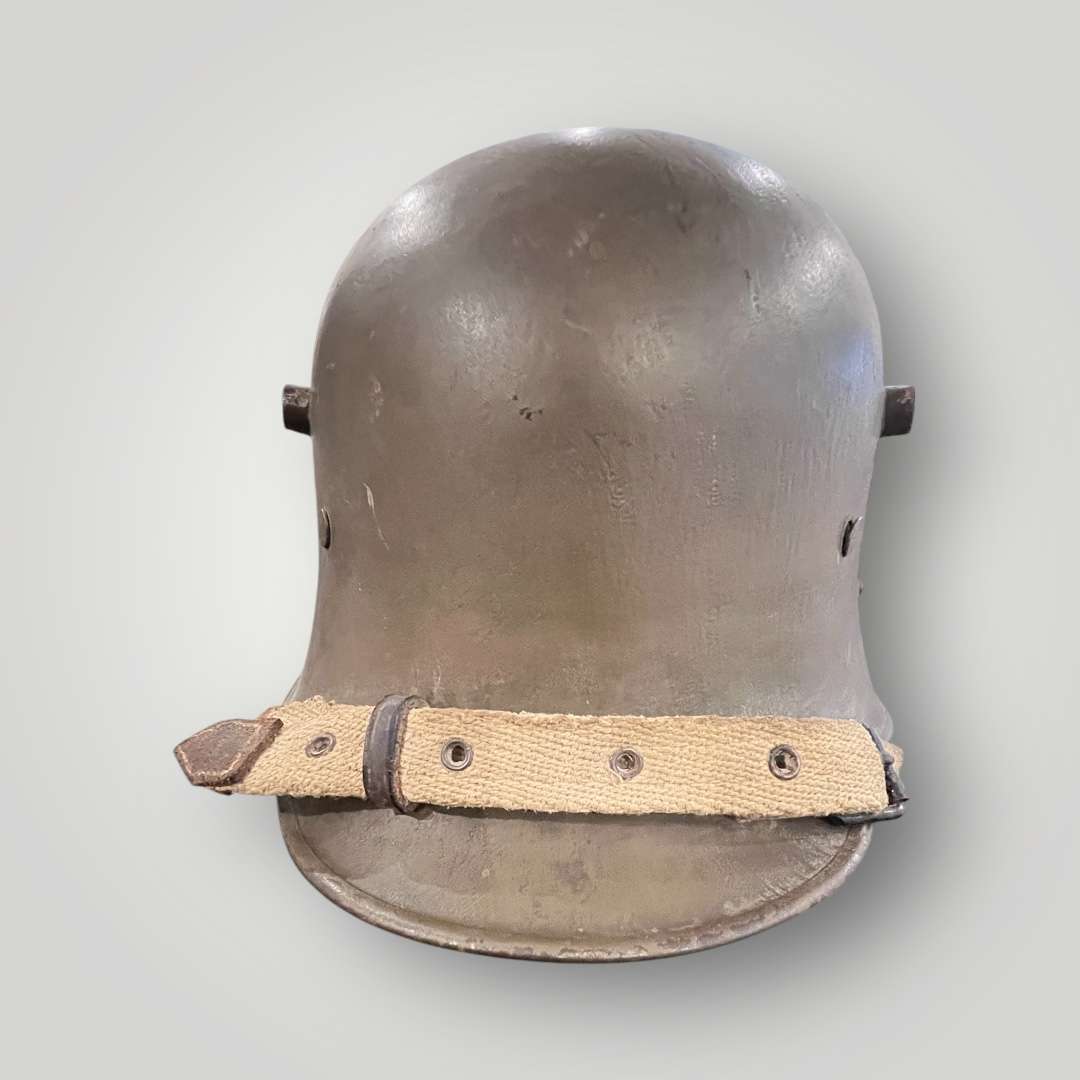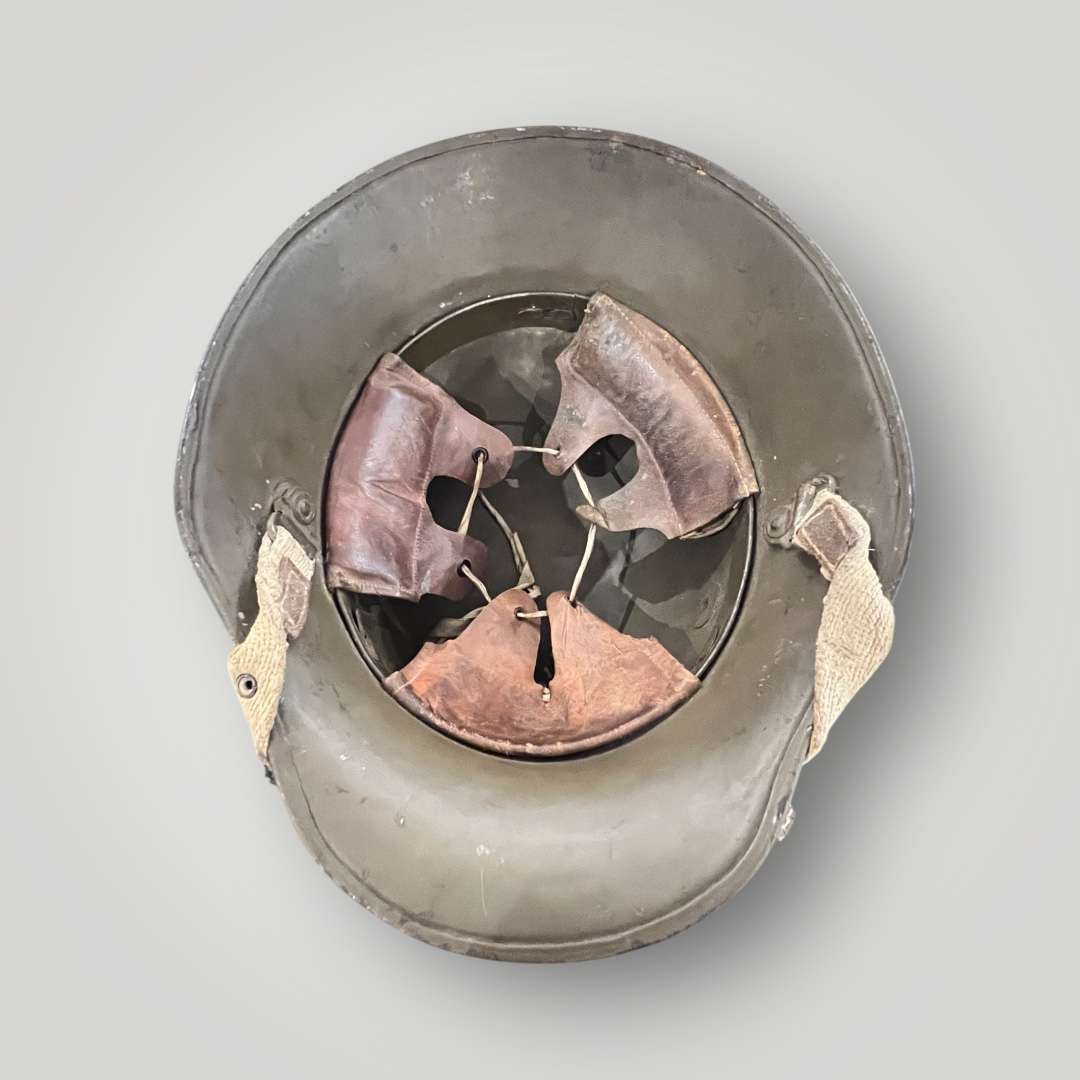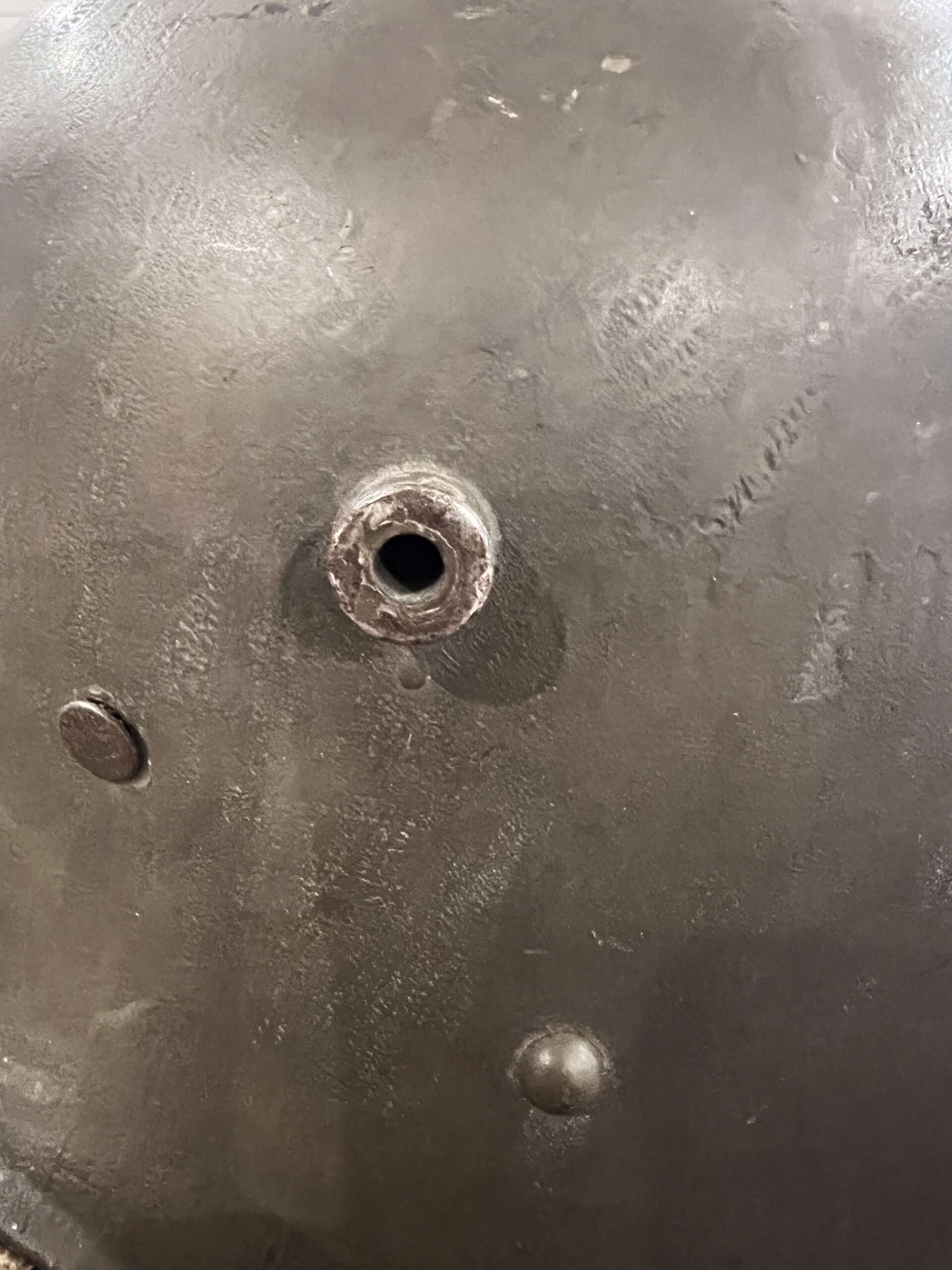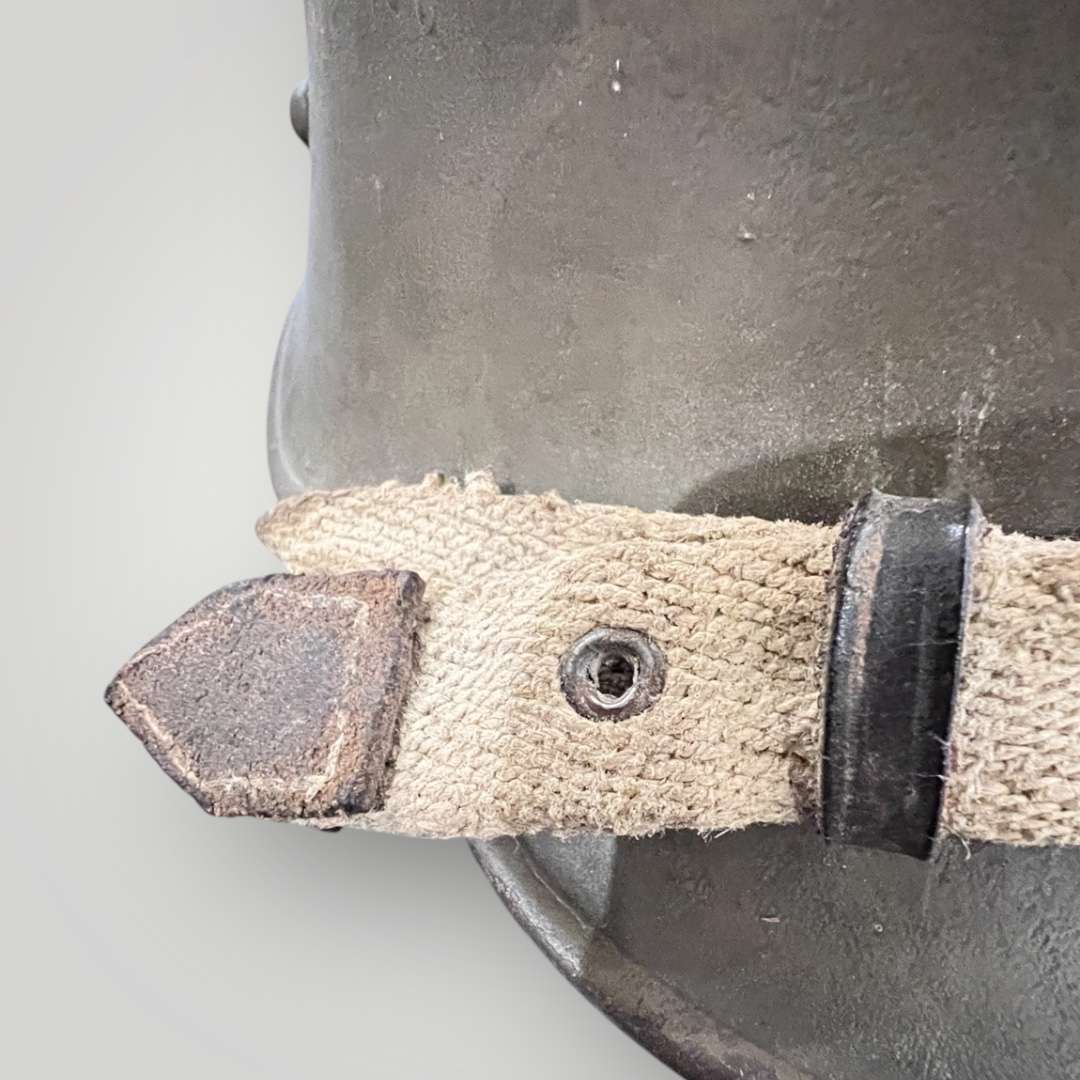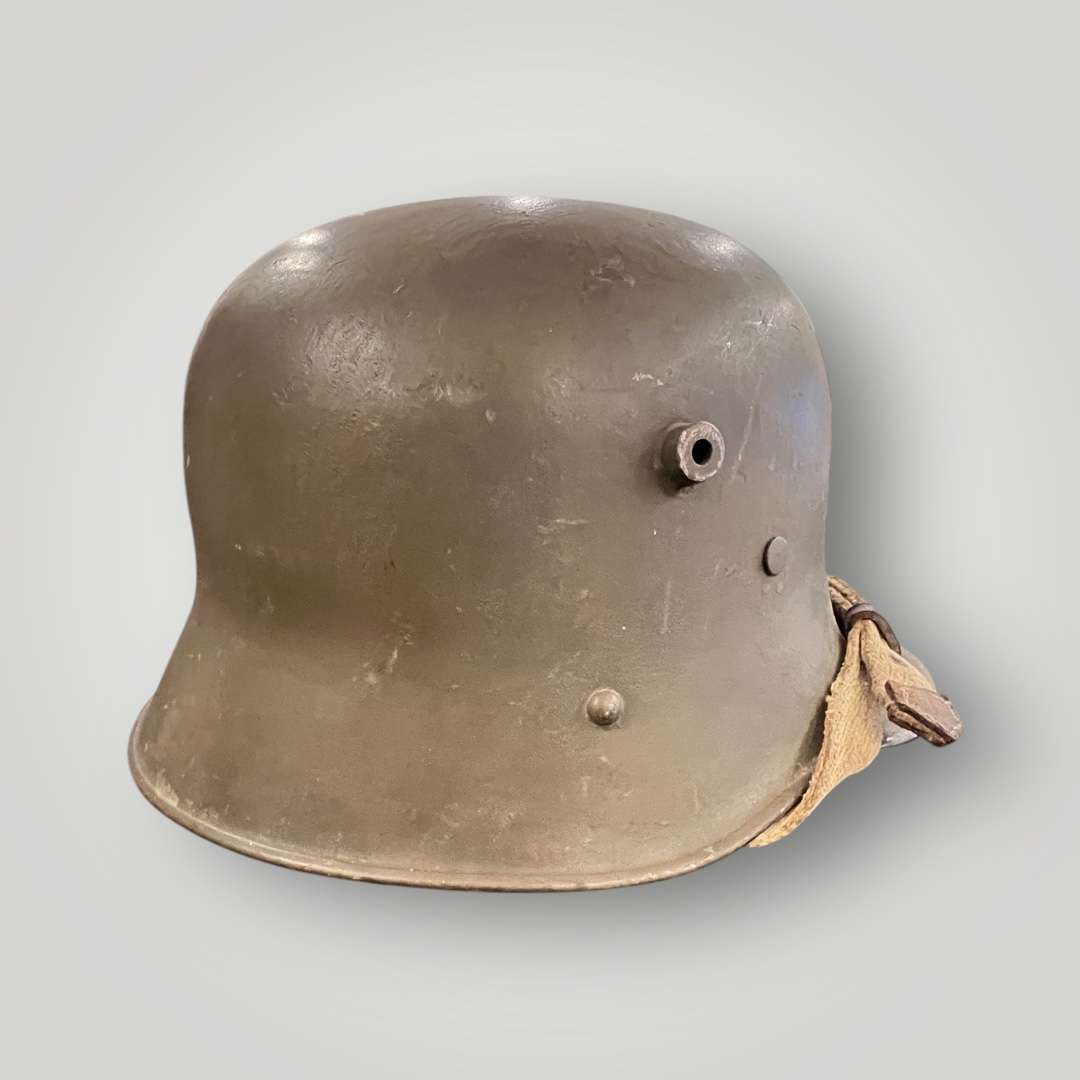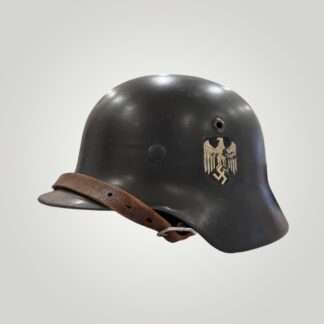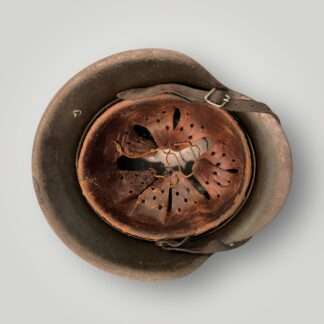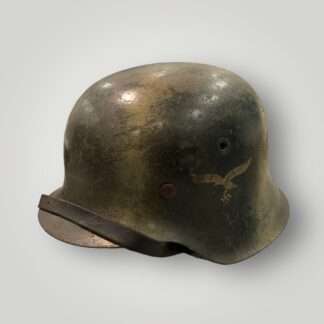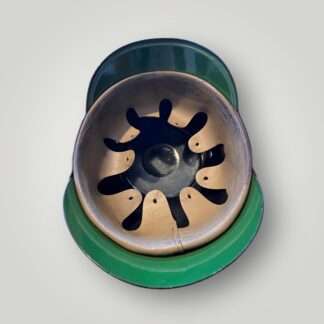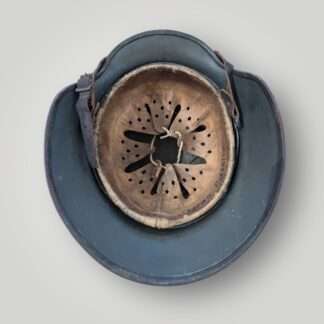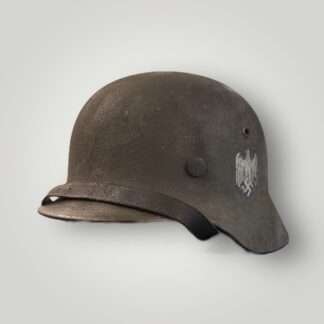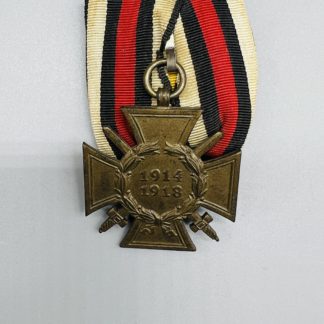Description
M16 German Helmet Brief History
The M16 helmet, a symbol of military protection and innovation, has a storied history that traces its origins back to the First World War. Developed to address the dire need for improved head protection for soldiers, this helmet has undergone numerous transformations, each reflecting advancements in warfare technology and changing battlefield demands.
The early 20th century marked a period of rapid technological advancements in warfare, which unfortunately led to increased casualties. As the First World War raged on, it became evident that traditional headgear was woefully inadequate in safeguarding soldiers from modern weaponry. In response to this need, the M16 helmet was introduced by the German military in 1916, hence its designation.
The M16 helmet, also known as the Stahlhelm, was designed to offer robust protection against shrapnel and debris. Its distinctive deep-dish shape and extended flange provided comprehensive coverage for the head and neck, distinguishing it from previous military helmets. Constructed from a single piece of pressed steel, the M16 was both durable and relatively lightweight, making it a revolutionary piece of military equipment.


